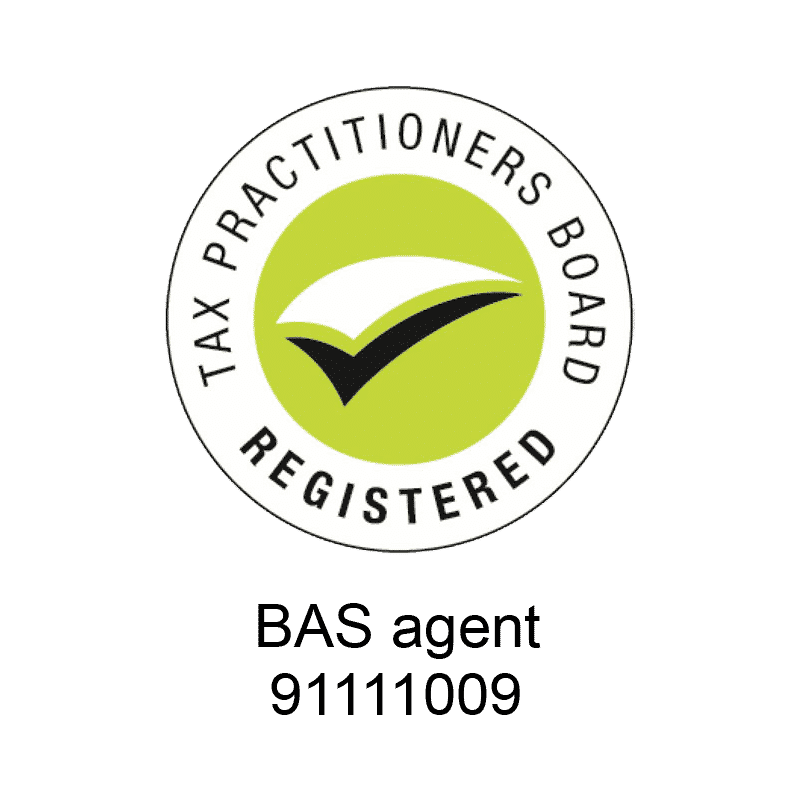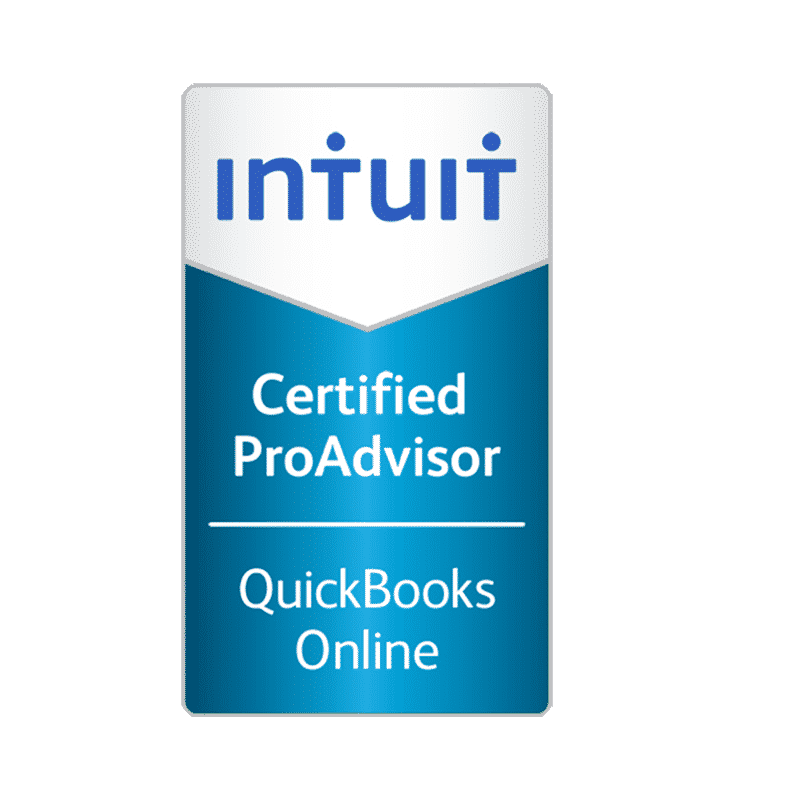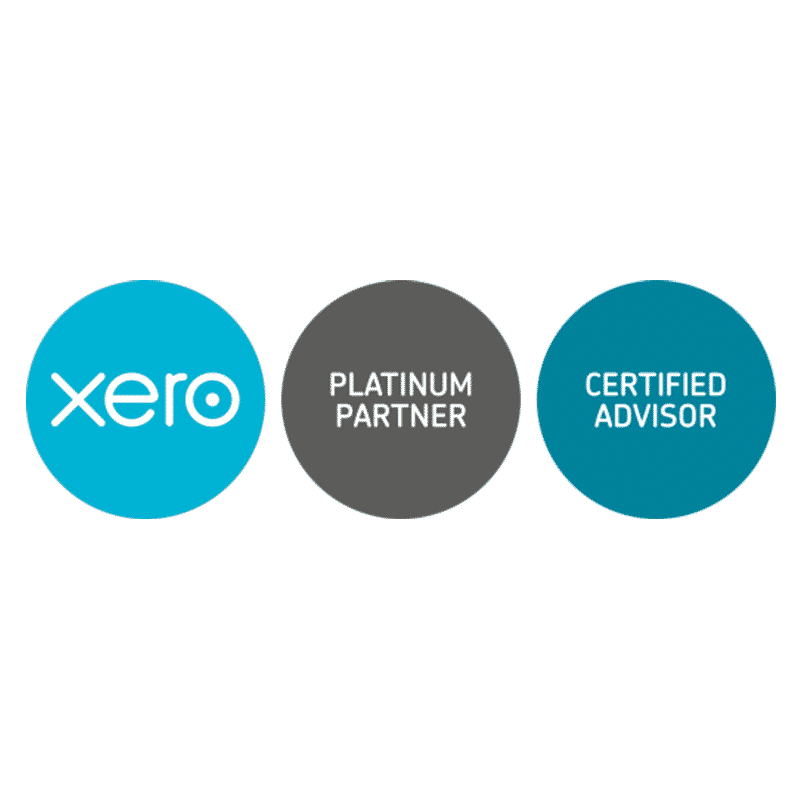Hi everyone,
Over the past couple of weeks, WiseClick Training has been busy converting all of our training to virtual (zoom) classes and setting up our staff to work from home.I wanted to get some easy to read instructions for business out there to help understand each part of the three stimulus packages that have now been announced. So, I have centred this message on just the parts that affect business and that SMEs may be interested in.
So here goes, in order of the most popular as I see them!
Job Keeper Boost
On the 30 March, our Government announced a third Economic Stimulus which included wage support for businesses and their employees. It applies if the business has suffered a 30% decline in turnover as a result of the COVID-19. The boost provides $1500 per fortnight (paid by the ATO) per impacted employee.
Employees include:
- those stood down,
- terminated or those with decreased hours.
- Full-time or part-time and casuals who have been with the business for more than 12 months can access the payment.
The payments will begin to be received by businesses from 1 May which will continue to be paid ongoing for up to six months. There will be an amount of backpay on the 1 May to cover the fortnights between 30 March and 1 May.
If an employee would typically earn less than $1500, then they will now be paid $1500 during this time, funded by the Government for the employer to pass on. If they earnt more than $1500, this boost provides $1500 to pass on, through payroll. The employer determines any amount to pay above $1500.
The amount paid is taxable but does not incur Superannuation Guarantee.
The only step available right now is to register the business that is interested with the ATO. Click Here
Boosting cash flow for employers – Tranche 1
The Government is providing up to $100,000 to eligible SME, and not-for-profits (NFPs) that employ people, with a minimum payment of $20,000.
Under the scheme, employers will receive a credit to their ATO integrated account equal to 100% of their PAYG withheld and are credited between 28 April 2020 and 28 July 2020.
Please note that business will still be liable to pay the GST portion and any other taxes after their March and June 2020 BAS lodgements. If their ATO integrated account shows a total credit (fully paid), then funds will be passed into the business bank account.
Boosting cash flow for employers – Tranche 2
The Government will double the payment calculated in Tranche 1 by paying it again in what is called “Tranche 2”. The amount calculated during “Tranche 1” above, will be paid out in two or four instalments, depending on the business lodgement frequency, into ATO integrated accounts between 28 July 2020 and 28 October 2020.
These “Boosting cash flow” stimulus payments are not classed as assessable income and so will NOT have income tax calculated on them. SME entities & NFPs with aggregated annual turnover under $50 million and that employ workers are eligible.
More information here
ATO suggestions and help
The ATO has agreed to some instant help for business including –
- A six-month deferral on payments. The ATO suggests that you lodge on time, merge any payment plans online through the portal and then call them or complete a form online to defer any ATO account payments for up to six months
- The ATO will reverse any penalties and interest charged to your account since the 23 January 2020
- The ATO suggests that if a business has paid any PAYG Instalments during the year. These can be revised to NIL on the March BAS if the business forecast requires it. A refund of income taxes paid can then be applied and sent to your business bank account.
A note on Superannuation
No payment extensions are available on employee superannuation, any superannuation payment deadlines still stand
Coronavirus SME Guarantee Scheme – New Business Loans
Under this scheme, the Government will provide a guarantee of 50 per cent to SME lenders for new unsecured loans.
The loans are to be used for working capital and will enhance the lenders’ willingness and ability to provide credit.
The SME Guarantee scheme will result in SMEs being able to access additional funding to help support them through the upcoming months.
- The maximum total size of loans of $250,000 per borrower.
- The loan term will be up to three years, with an initial six-month repayment holiday.
- The loans will be in the form of unsecured finance, meaning that borrowers will not have to provide an asset as security for the loan. Loans will be subject to lenders’ credit assessment processes with the expectation that lenders will look through the cycle to sensibly take into account the uncertainty of the current economic conditions.
SMEs with a turnover of up to $50 million will be eligible to receive these loans.
The Government will provide qualified lenders with a guarantee for loans with the following terms:
As part of the loan products available, the Government will encourage lenders to offer facilities to SMEs that only have to be drawn as needed. The drawdown option will mean that the SME only incurs interest on the amount they have used, but the SME will retain the flexibility to draw down in the future should they need to. The scheme will commence by early April 2020 and be available for new loans made by participating lenders until 30 September 2020.
Please contact your bank to discuss this scheme as each bank will approach this incentive differently. Be sure to check with your bank as to the first repayment amounts and the interest rates that will be attached to the loan (approx. 4.5%).
Supporting apprentices and trainees
The Government is helping small business to retain their apprentices and trainees. Eligible employers can apply for a wage subsidy of 50 per cent of the apprentice’s or trainee’s wage for nine months from 1 January 2020 to 30 September 2020. Where small business is not able to retain an apprentice, the subsidy will be available to a new employer that employs that apprentice. Employers can claim up to a maximum of $21,000 per eligible apprentice or trainee ($7,000 per quarter).
Increasing the instant asset write-off
The Government is increasing the instant asset write-off threshold from $30,000 to $150,000 and expanding access to include businesses with an aggregated annual turnover of less than $500 million (up from $50 million) until 30 June 2020. In 2017-18 there were more than 360,000 businesses that benefited from the current instant asset write-off, claiming deductions to the value of over $4 billion. This measure will support over 3.5 million businesses (over 99 per cent of businesses) employing more than 9.7 million employees.
Temporary relief for financially distressed businesses
The Government is temporarily increasing the threshold at which creditors can issue a statutory demand on a company and the time companies must respond to statutory demands they receive. The package also includes temporary relief for directors from any personal liability for trading while insolvent, and providing temporary flexibility in the Corporations Act 2001 to provide temporary and targeted relief from provisions of the Act to deal with unforeseen events that arise as a result of the Coronavirus health crisis. The ATO will tailor solutions for owners or directors of business that are currently struggling due to the Coronavirus, including temporary reduction of payments or deferrals, or withholding enforcement actions including Director Penalty Notices and wind-ups.
More information here
Backing business investment
The Government is introducing a time-limited 15-month investment incentive (through to 30 June 2021) to support business investment and economic growth over the short term, by accelerating depreciation deductions. Businesses with a turnover of less than $500 million will be able to deduct 50 per cent of the cost of an eligible asset on installation, with existing depreciation rules applying to the balance of the asset’s cost. This measure will support business investment and is estimated to lower taxes paid by Australian businesses by $6.7 billion over the next two years. This measure will support over 3.5 million businesses (over 99 per cent of businesses) employing more than 9.7 million employees.
More information here
It looks like the different states are now looking at rates and power, payroll tax etc. So let me dig into that area an then update you once I get those together. If you need help with any of these areas above you can book time in with me through our website here. We are all in this together so remember to reach out if you need help.
Until next month, Cheryl Triplett







